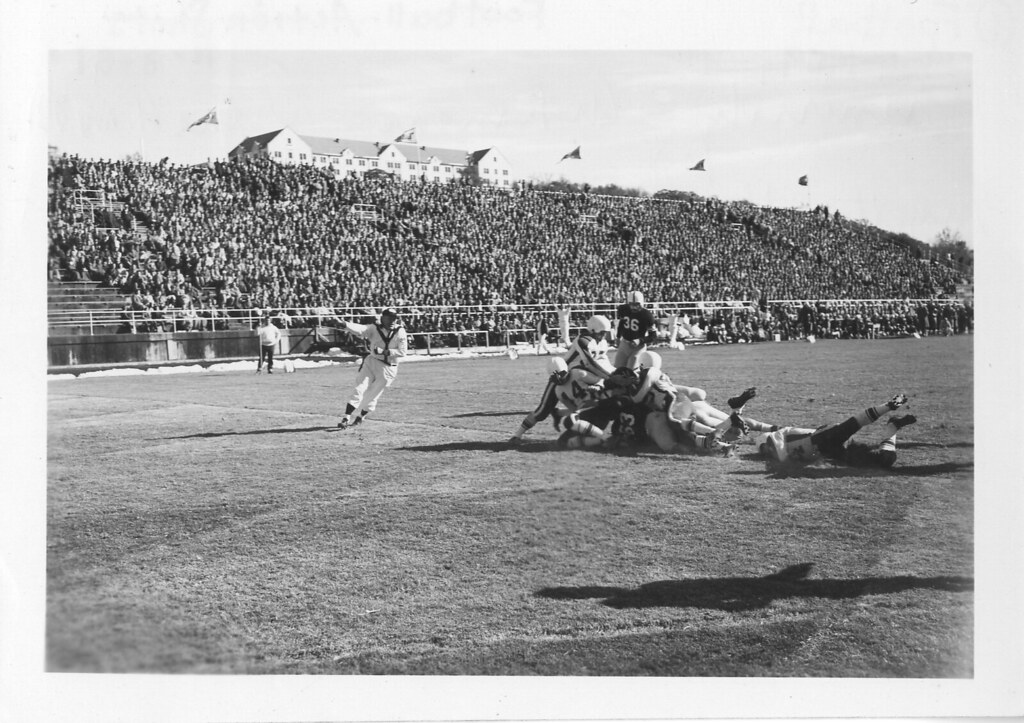The merger of the American Football League (AFL) and the National Football League (NFL) stands as one of the most significant moments in American sports history, forever altering the landscape of professional football. This transformative event not only reshaped the structure of the sport but also laid the foundation for the modern NFL as we know it today.
The origins of the AFL-NFL merger can be traced back to the late 1950s and early 1960s when the landscape of professional football in the United States was marked by competition and fragmentation. The NFL, established in 1920, enjoyed widespread popularity and success, boasting iconic teams such as the Green Bay Packers, Chicago Bears, and New York Giants. However, discontent simmered among some potential team owners who sought entry into the league but were denied expansion franchises.
In response to this exclusion, Lamar Hunt, an oil tycoon from Texas, spearheaded the formation of the AFL in 1959. The new league aimed to challenge the NFL’s monopoly on professional football and provide opportunities for expansion teams in untapped markets. The AFL quickly gained traction, attracting top talent, securing lucrative television contracts, and capturing the attention of football fans across the country.
The rivalry between the AFL and NFL intensified throughout the 1960s as both leagues vied for dominance on and off the field. The competition reached a fever pitch in 1966 when the AFL’s Kansas City Chiefs faced off against the NFL’s Green Bay Packers in the inaugural AFL-NFL World Championship Game, later known as Super Bowl I. This historic showdown, though a mismatch in favor of the NFL, showcased the potential for collaboration between the two leagues.
Recognizing the benefits of cooperation over continued conflict, negotiations for a merger between the AFL and NFL began in earnest. After years of discussions and deliberations, the two leagues announced their historic agreement on June 8, 1966. The merger laid out a comprehensive plan for the integration of the AFL’s ten teams into the NFL, effectively bringing an end to the era of separate leagues and creating a single, unified entity.
The merger agreement outlined several key components, including the establishment of two conferences within the NFL: the American Football Conference (AFC) and the National Football Conference (NFC). Each conference would consist of former AFL and NFL teams, with a playoff system culminating in an annual championship game, the Super Bowl.
On January 15, 1967, the first Super Bowl under the new NFL structure took place, pitting the AFL champion Kansas City Chiefs against the NFL champion Green Bay Packers. This landmark event marked the culmination of years of negotiation and collaboration between the AFL and NFL, signaling the dawn of a new era for professional football.
The AFL-NFL merger proved to be a resounding success, catapulting the NFL to unprecedented levels of popularity and prosperity. The creation of the AFC and NFC conferences fostered a spirit of competition and camaraderie, while the annual Super Bowl became a cultural phenomenon and the most-watched sporting event in the United States.
In conclusion, the merger of the AFL and NFL in 1966 stands as a watershed moment in the history of professional football, uniting two rival leagues and forever altering the course of the sport. Through collaboration and compromise, the AFL-NFL merger paved the way for the modern NFL, shaping the league into the global powerhouse it is today.
